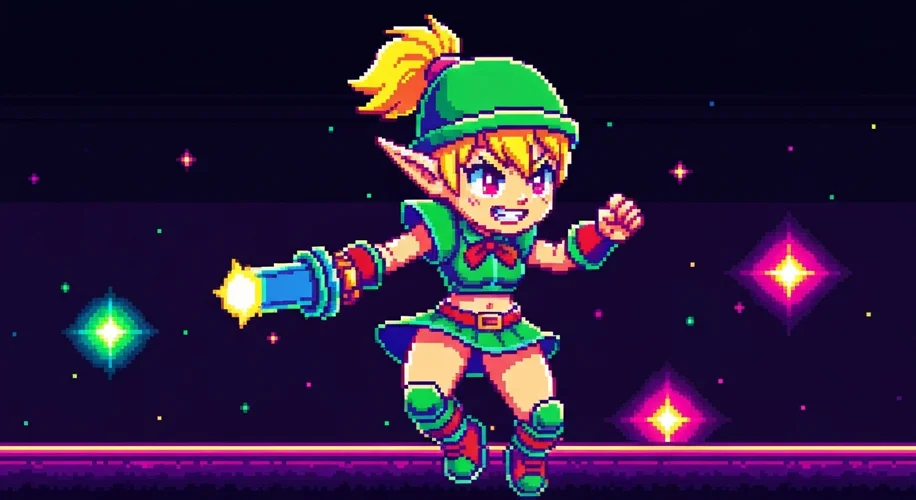Okay, so hear me out. When a game jumps from one console to another, especially a big one like Hellblade 2, you usually expect some drama. Ports can be tough, right? Especially when you’re talking about optimizing a game built for one system to run on another. But according to a recent report from Push Square, the transition of Senua’s Saga: Hellblade 2 from Xbox to PlayStation 5 might have been surprisingly smooth.
So, why does this matter? Well, think about what goes into making a game look and run great. Developers have to deal with different hardware architectures, memory limitations, and specific controller features. For a game like Hellblade 2, which is known for its stunning visuals and immersive audio, getting that experience right on a new platform is no small feat.
What’s interesting here is the suggestion that the PS5 port wasn’t a huge undertaking. Push Square’s piece points to comments from Ninja Theory’s lead environment artist, James Collier. Apparently, a lot of the work done for the Xbox Series X/S version already put them in a good position for the PS5. It seems like the team had a solid foundation to build upon, making the leap less of a scramble and more of a calculated move.
This actually makes a lot of sense from a technical perspective. Both the Xbox Series X and the PlayStation 5 are pretty powerful machines with similar underlying tech (AMD Zen 2 CPUs and RDNA 2 GPUs). When developers are smart about their engine design from the start, building in flexibility for different hardware configurations, porting can become much more efficient. It’s like building with modular blocks – you can swap out different pieces without redesigning the whole structure.
We’ve seen games struggle with ports before, sometimes taking ages to arrive on new platforms or launching with performance issues. When a port is seemingly “a breeze,” it often means the development team was forward-thinking. They likely designed their tools and workflows with multi-platform releases in mind. This efficiency benefits everyone – it means games can reach more players faster, and potentially at a higher quality across all versions.
It’s a reminder that while the end product looks amazing on screen, the behind-the-scenes engineering is just as crucial. When it works well, we get to enjoy incredible games like Hellblade 2 on more platforms without the usual teething problems. It’s pretty cool to think about the tech and planning that makes these transitions feel almost seamless. It really highlights how much optimization and smart development can simplify the process.

